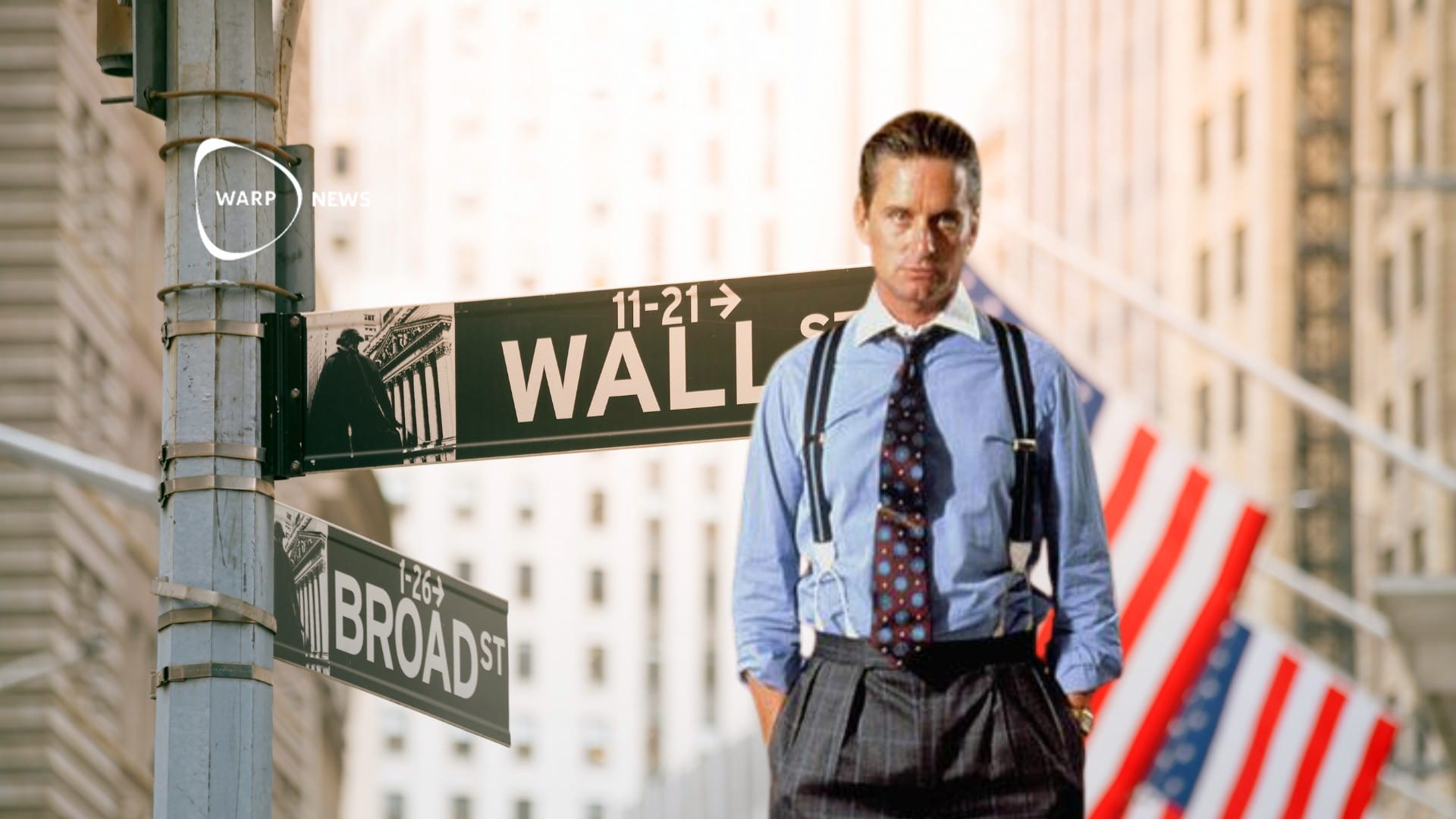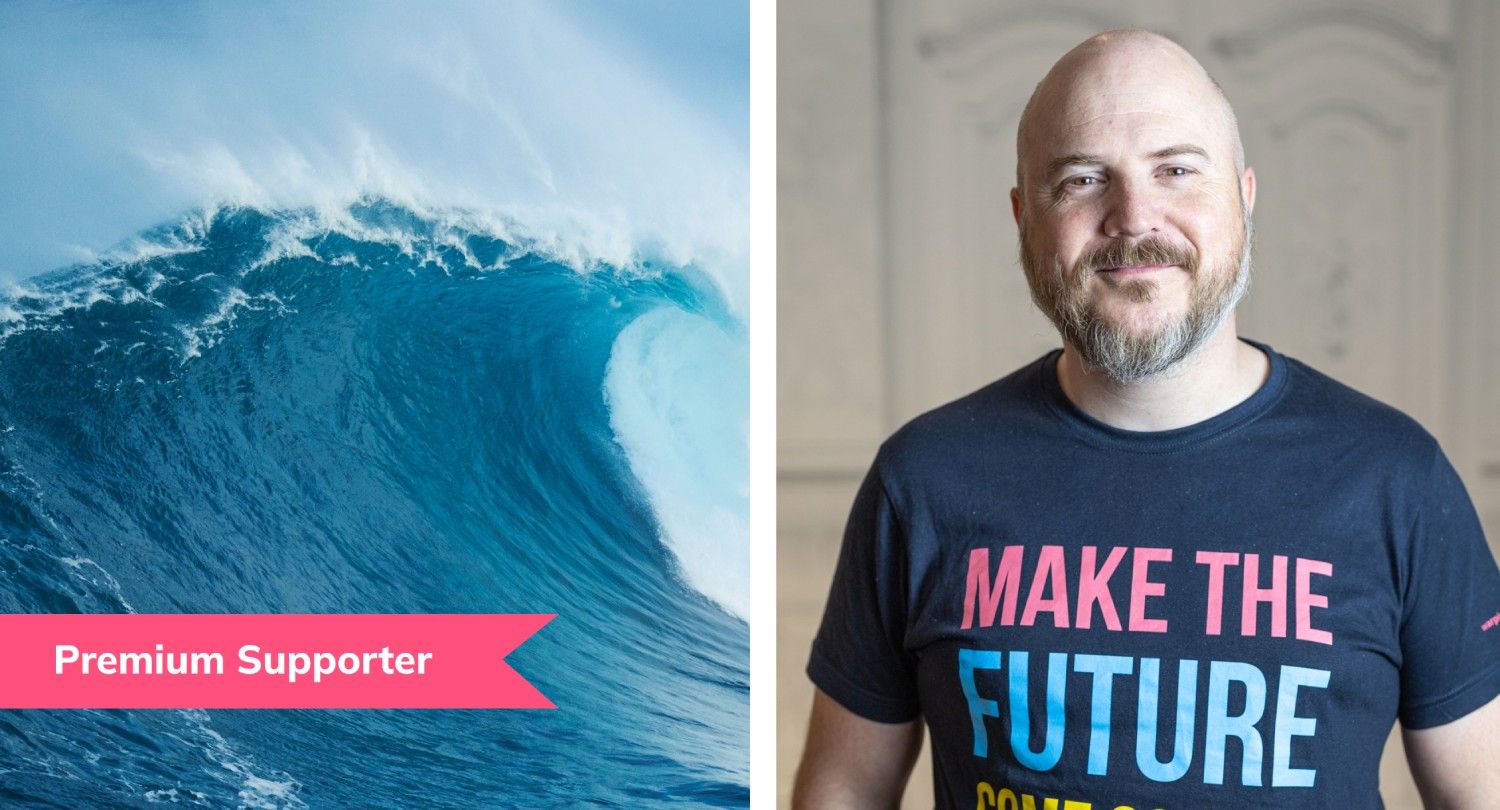
🌊 A tsunami of climate solutions is on its way
At times it feels like very little progress is made to reduce climate change. Things have to be done faster. However, we will probably be surprised in 2035 how incredibly far we have come in reducing emissions. This is because a tsunami of climate solutions is on its way.
Share this story!
More and more people, especially teenagers, are becoming increasingly frustrated with climate change: Why aren't we seeing more progress? I share the frustration of slow progress. This is what made me start a foundation with the mission to make the future come sooner.
At the same time, I think we'll be amazed in 2035 at how incredibly far we have come in reducing emissions.
This is because a whole tsunami of climate solutions is on its way.
Most of the tsunami lies below the surface
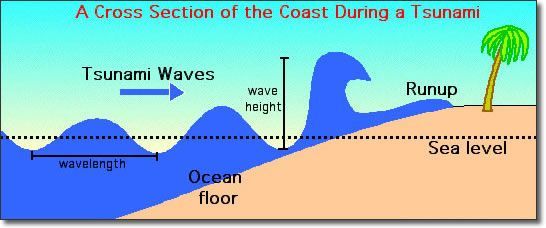
A tsunami is formed by, for example, an earthquake below the water surface. An enormous amount of water is displaced, and unlike a regular wave, it's not just at the surface that the movement takes place. Out at sea, the tsunami wave might barely even be noticeable compared to other waves. But as it approaches shore and shallower waters, massive amounts of energy still push the body of water forward. The tide then rises from the water and can be up to thirty meters, 100ft, high, or in some cases even higher as it sweeps in over land with great force.
Most of what's being done to solve climate change is happening below the surface. Millions of people have started millions of projects, but most have not had much effect yet, because they have only been around for a short period of time.
Four climate entrepreneurs who are part of the tsunami
Recently, I've spoken to several climate entrepreneurs. A clear pattern that reoccurs in these people's backgrounds could explain why it takes time to implement such a massive change.
Pernilla Westergren, William Bergh, Eslam Salah, and Jesper Jonsteg all have a similar journey behind them, even though they are at different stages and have different backgrounds.
Pernilla Westergren

Pernilla Westergren used to work in investment banking but started to become more interested in sustainability, and also interested in what was in the food she ate. When she had a puppy, she also began to think about what dog ate, and her research showed that dog food accounted for a relatively large part of climate emissions. A dog that eats meat-based dog food causes emissions comparable to a car (!).
That's why she started Petgood, which sells dog food based on insects, with a much smaller climate impact.
William Bergh
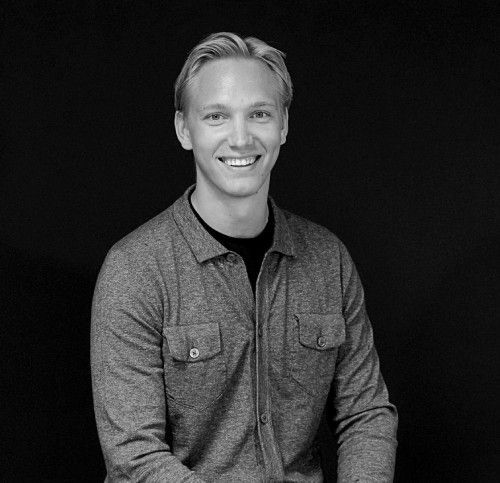
William Bergh studied sustainability and learned that recycling electric car batteries was a problem and at the same time a great opportunity. After writing his master's thesis at the battery manufacturer Northvolt, he realized there did not exist any real marketplaces for batteries.
That's why he started Cling Systems, a platform for buying and selling recycled electric car batteries.
Eslam Salah
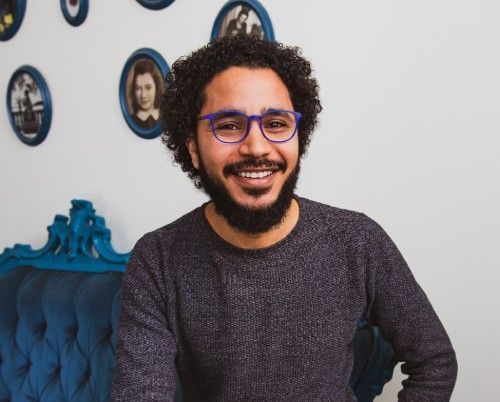
Eslam Salah grew up in Egypt and worked in his father's small food business. He regarded sustainability pretty much as a joke until he started studying at the Swedish University of Agricultural Sciences, which was an eyeopener and he started to understand the severity of these issues. He thought that he could be able to make a difference with his background in the food industry. The lupine beans from which he made Egyptian snacks could be grown in Sweden and have a lesser climate impact than soybeans.
That's why he started Lupinta, which makes food based on lupine beans.
Jesper Jonsteg
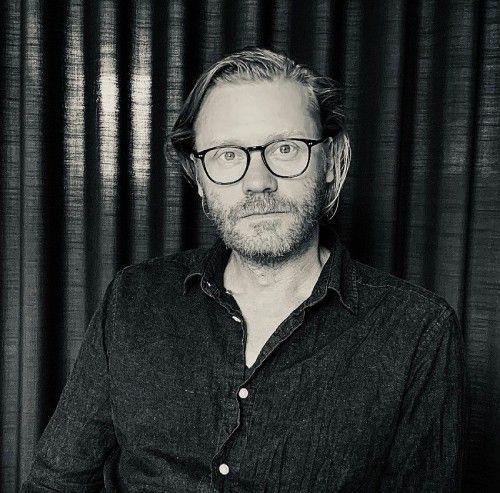
Jesper Jonsteg worked in IT and management and had made several investment calculations for customers. About ten years ago, he became interested in the issue of sustainability and began to think about how he could contribute. He identified the problem of companies needing to make significant investments in order to be able to make a green transition, and they were often made outside the company's core business.
That is why he started Rison, which offers climate investments as a service, directly reducing both companies' costs and emissions.
The wave is about to sweep in
All four have taken note of the issue of climate and sustainability over the past five to ten years. To start with this has typically meant a few years of heightened interest and increased knowledge in the subject, followed by a few years to figure out how they can contribute. What now follows are a few years of building the companies, and by the 2030s, these companies will hopefully be both large and successful.
These entrepreneurs are not unique. There are millions of people like them all around the world. Like the tsunami wave at sea, what they are doing is not yet noticeable and has not had any major impact. But give the wave another ten, fifteen years, and it will approach land, grow to an enormous size, and sweep across the shore. Then we'll stand there, amazed at how much has happened in a seemingly short time.
That doesn't mean we can sit back and wait. There is still a lot left to be done, and there are many possibilities in this enormous change that we all are in the middle of. We'll be inspired by those who have already started, follow their example, and help them succeed. The sooner, the better.
By becoming a premium supporter, you help in the creation and sharing of fact-based optimistic news all over the world.

